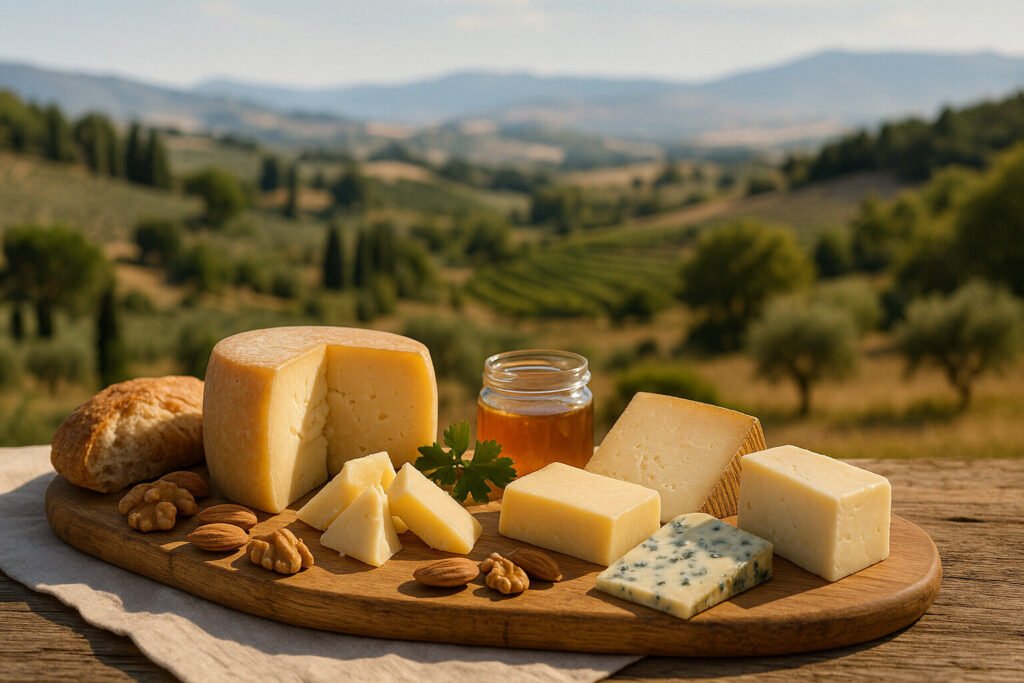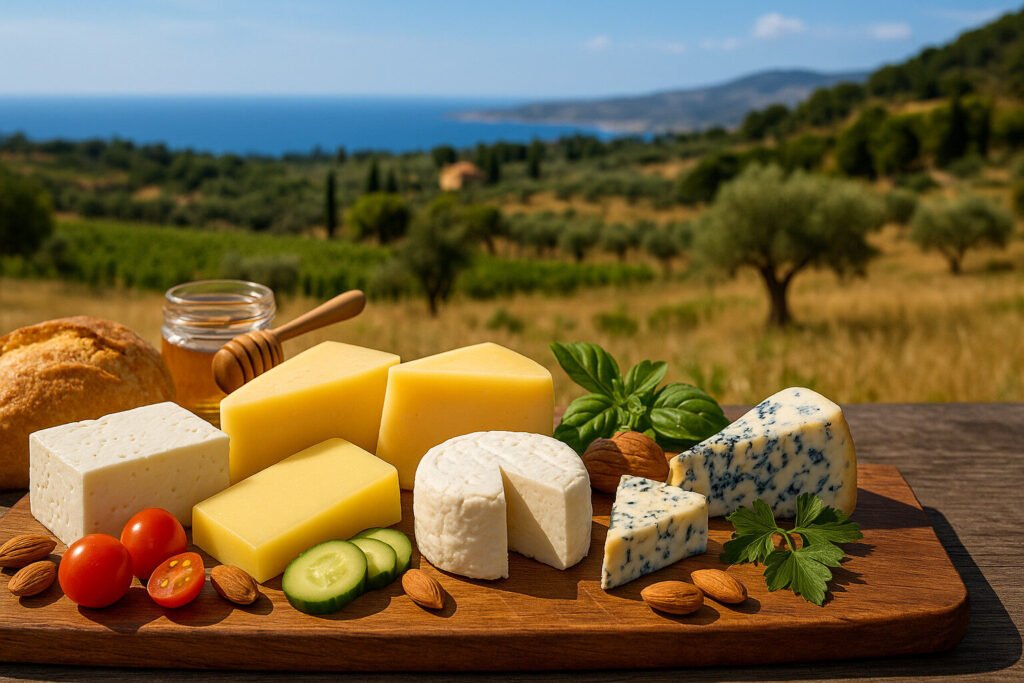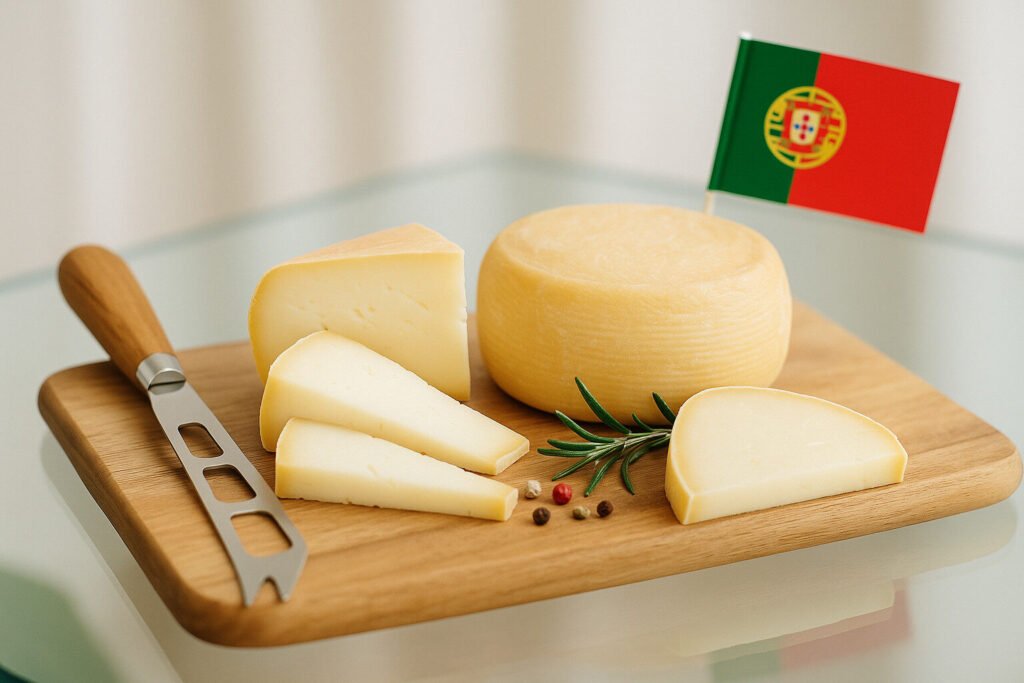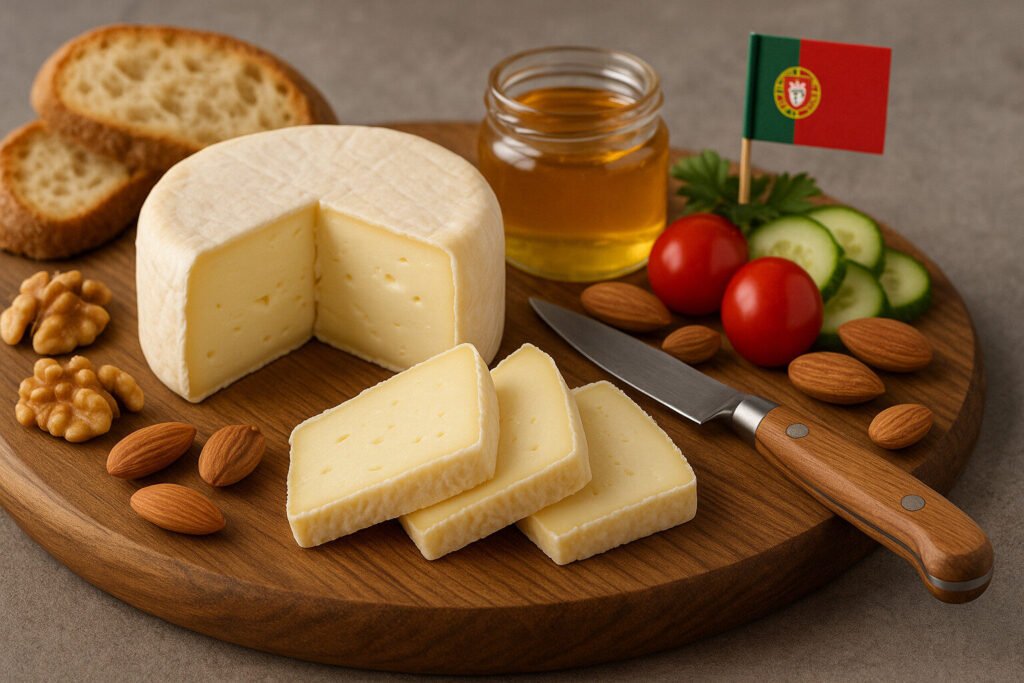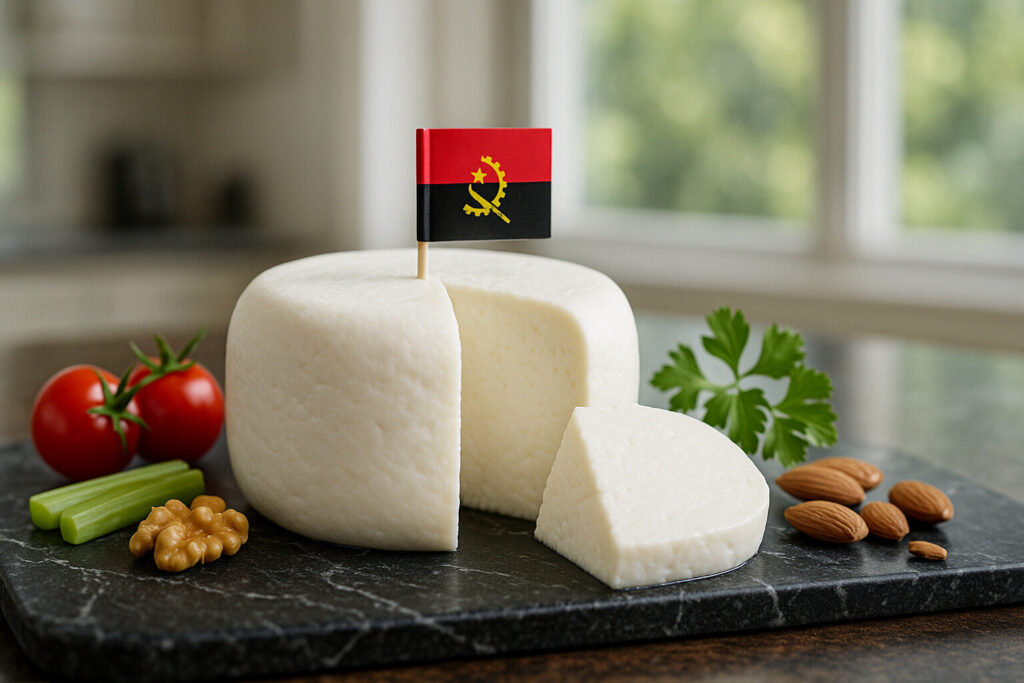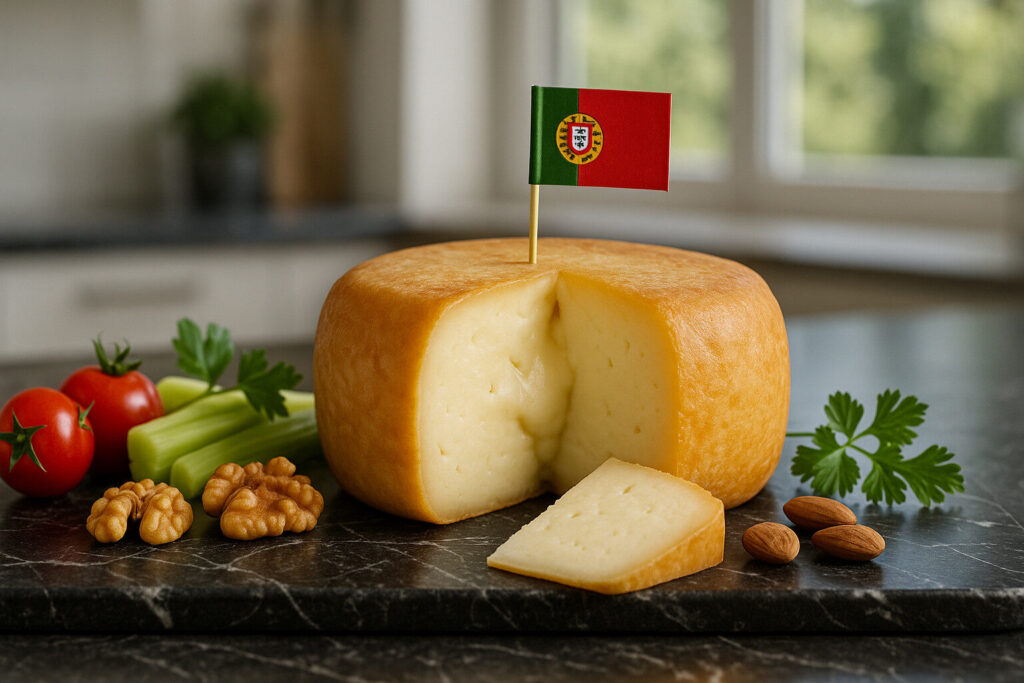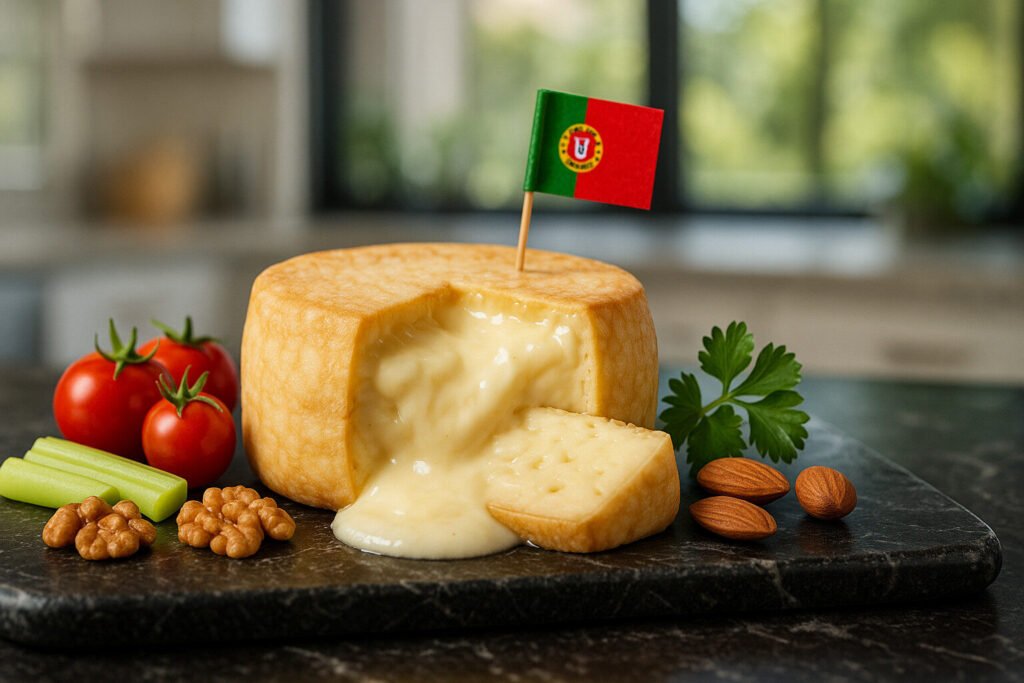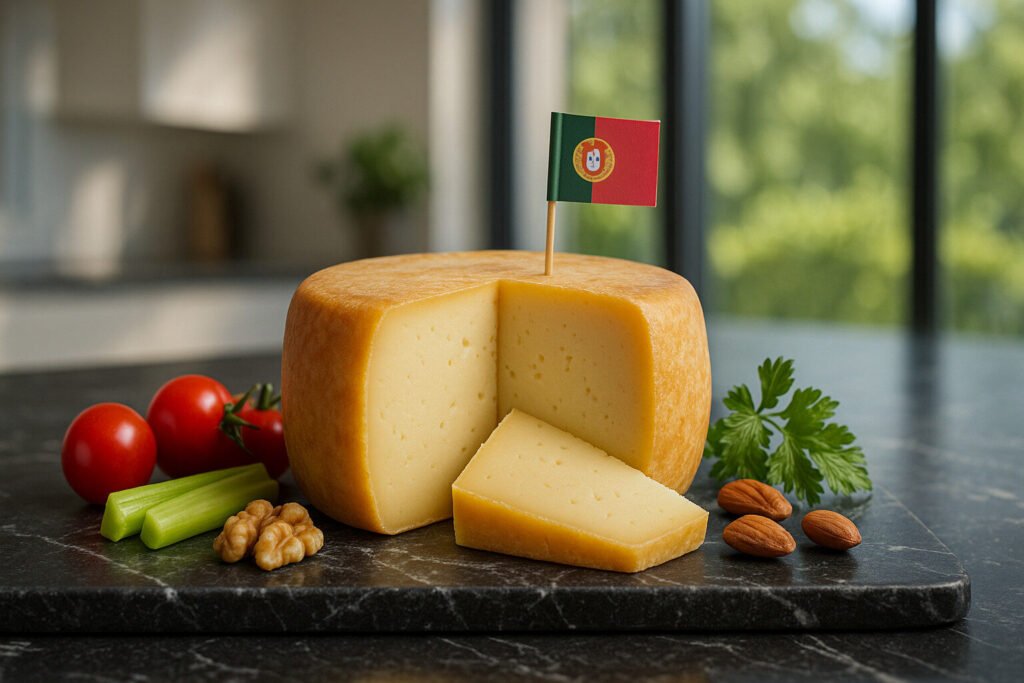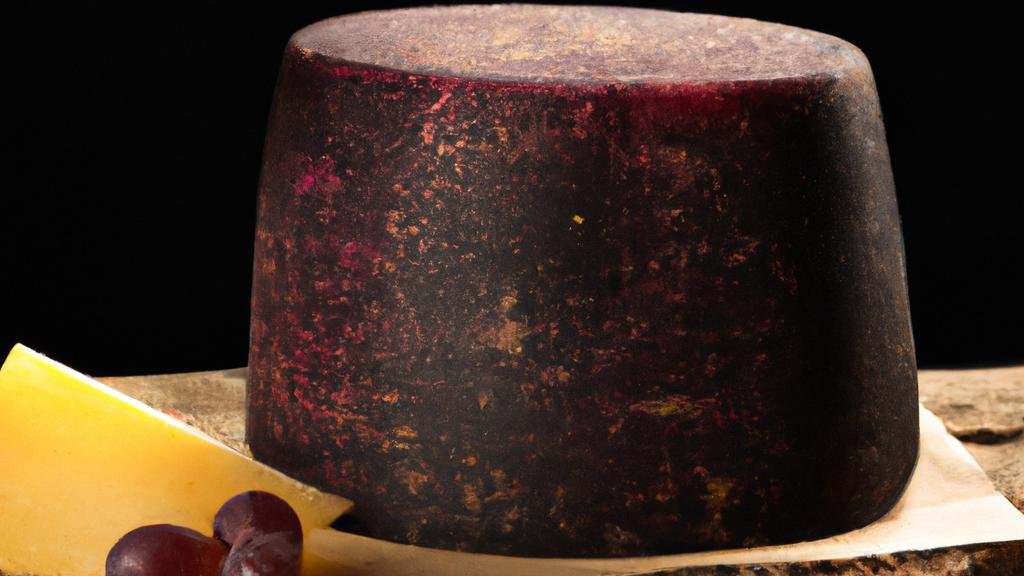Cheese Of Portugal
Definition and Scope
Portuguese cheese refers to dairy products manufactured exclusively within Portugal’s borders using traditional and regulated methods. These cheeses often hold Protected Designation of Origin status, linking their characteristics to specific terroirs. The scope includes varieties from cow, sheep, and goat milk, reflecting the nation’s diverse agricultural regions.
Legal frameworks classify Portuguese cheeses based on milk type, aging duration, and geographical origin. This system ensures consistent quality and preserves heritage recipes passed through generations. The category excludes cheeses made outside Portugal, even if they mimic Portuguese styles.
Production Methods
Traditional Portuguese cheesemaking begins with raw milk curdling using animal rennet or thistle-based coagulants. Artisanal producers maintain small-batch processes, hand-ladling curds into molds for specific textures. Salt is typically applied through brining or dry-rubbing during maturation.
Aging occurs in natural stone cellars or climate-controlled caves, ranging from fresh cheeses consumed immediately to hard varieties aged over two years. Many PDO cheeses require specific animal breeds and native pasture feeding. Modern facilities replicate these conditions while meeting hygiene standards.
Sensory Profile
Portuguese cheeses exhibit pronounced saltiness from Atlantic sea salt used in brining. Younger cheeses present creamy and mildly acidic notes, while aged versions develop crystalline textures and robust umami flavors. Sheep’s milk varieties often carry lanolin and herbal undertones from mountain grazing.
Regional variations produce distinct profiles: Azores cheeses show buttery richness, while Alentejo varieties offer peppery finishes. Rinded cheeses develop earthy mushroom notes during cave aging. The balance between milk sweetness and fermentation acidity defines their complexity.
Culinary Applications
Fresh cheeses like Queijo Fresco serve as table cheeses or cooking ingredients in traditional recipes. They melt smoothly into sauces and stuffings for meat and fish dishes. Many Portuguese meals begin with cheese plates featuring aged varieties paired with regional breads.
Hard cheeses such as São Jorge grate over soups and pasta, while semi-soft types like Serra da Estrela become spreadable at room temperature. Contemporary chefs incorporate Portuguese cheeses into desserts and innovative pairings. Their high melting points make them ideal for grilled cheese sandwiches and casseroles.
Regional Examples
Serra da Estrela PDO represents a soft sheep’s milk cheese with spoonable texture from Portugal’s highest mountain range. Its production follows ancient recipes using cardoon thistle for coagulation. The cheese carries floral notes from highland pastures and Protected Designation status since 1996.
Queijo São Jorge from the Azores islands is a semi-hard cow’s milk cheese aged minimum three months. It features small eyes and tangy flavor from volcanic soil pastures. Açores PDO governs its production, ensuring traditional smoking methods over local wood.

